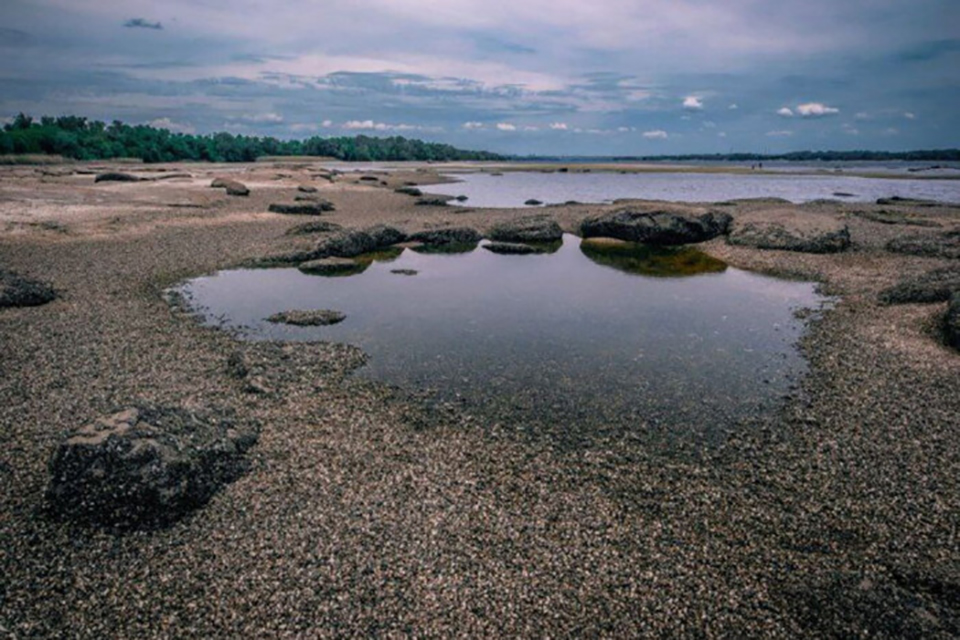Last summer, the Kakhovske Reservoir was blown up by the Russians in yet another spectacular act of terrorism. Now, nature is trying to retake the river
The return of a spectacular wild fauna and flora at Chernobyl has for a long time acted as one of the paradigmatic showcases for the resilience of nature, when people have to leave overnight following a catastrophe. Today, wolves, wild horses, and bison roam the former villages together with a group of Danish cattle, which had just been imported to a farm before the explosion took place. Today the herd of cattle has gone native and thrives with its feral living conditions. As does the rest of the fauna and flora.
Albeit the wanton destruction of the the Kakhovske Reservoir in June 2023 was a similar tragic and catastrophic event, also this is rapidly turning into a situation which may in time come with a natural bonus, writes Ukrainian scientists.
The reservoir was a dam with a surface area of 2155 km2 on the river Dnieper, which the retreating Russian forces blew up in June 2023. At the time, the event was considered a ecological catastrophe.
However, it now appears that the destruction has led to a fast and fascinating spontaneous restoration of semi-natural ecosystems. New research by Ukrainian scientists, Yuliia Spinova and Vasyliuk Oleksii, has shown an almost immediate recovery of native vegetation. By the end of the year, this recovery led to the natural young forest appearing on a large area freed from the artificial reservoir. Currently, the event is bringing about a restoration of more than 1,800 km2 of natural ecosystems of which more than half will be forested. Such a large ecosystem restoration can become a decisive Ukrainian contribution to the European Union ecosystems revival by 2030, claim the scientists involved in monitoring the natural processes. This development is furthered by the Ukrainian government which a few weeks back banned any settlement in the area of the reservoir for other purposes than the reconstruction of the dam. Before that happens, nature will surely have taken over, and thus the question is, whether it will ever be reclaimed by anything but nature?
These processes mirror what is happening elsewhere in the occupied warzones, which people have left. It is calculated that about one million ha are mined to the extent that any cleaning-up of the injured and degraded land will be impossible. Especially since mines rapidly will be buried beneath the roots of shrubbery, trees and vegetation, making a recovery in time will be nearly impossible before the roots “hide” the explosives for good. Currently, the estimate is that the warzone will be inhabitable for at least 70 years.
Thus, spontaneous ecosystem restoration can become a powerful contribution of Ukraine into state tasks on preservation of degraded lands, as well as international obligations in the field struggle from climate change, Spinova and Vasyliuk argue.
SOURCE:
The results of their research is to be presented at the EGEU general Assembly 2024 in Vienna (Se: Spinova, Y. and Vasyliuk, O.: Post-war rewilding as a decision-making influence-factor, EGU General Assembly 2024, Vienna, Austria, 14–19 Apr 2024, EGU24-21661,
FEATURED PHOTO:
The Kakhovske Reservoir after the destruction. Source: Glavcom.ua/Open Source
l
